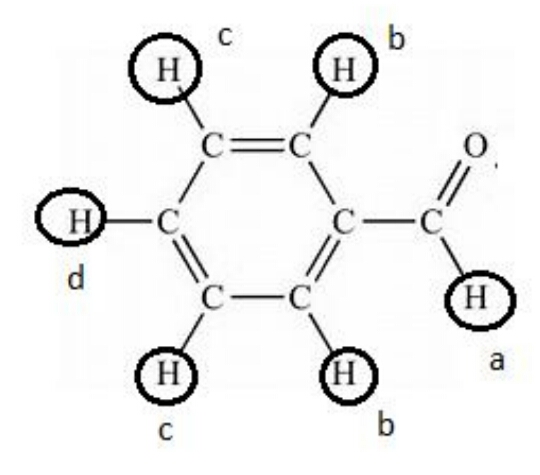

Malaysia, Indonesia and Bohra Muslim populations in parts of India and Pakistan.28 practising countries in Africa Djibouti (98%) Somalia (97%) Sierra Leone (90%) Ethiopia (79.9%) Sudan (90%) Guinea (98.6%) Egypt (97%).Ĭommunities at Risk 28 practising countries in AfricaDjibouti – 98%Somalia – 97%Sierra Leone – 90%Ethiopia - 79.9%Sudan – 90%Guinea – 98.6%In Middle East – Egypt – 97% Communities at Risk In some places, FGM as being practised by specific ethnic groups, rather than by a whole country.Immigrant communities in Europe, America and Australia from affected communities.A girl born to a father who comes from an affected community.A girl born to a mother who has already undergone FGM between 0-14 years may be at increased risk.About 140 million girls and women have already undergone FGM.3 million girls undergo FGM every year.Who is at risk? From shortly after birth to the labour of the first child Pregnant women Babies Children and young girls Adulthood Type IV:Ěll other harmful procedures including pricking, piercing or incision of the clitoris and/or the labia stretching of the clitoris and or the labia cauterisation or burning of the clitoris and surrounding tissues, scraping of the vaginal orifice or cutting (Gishiri cuts) of the vagina and introduction of corrosive substances or herbs into the vagina. It involves the use of thorns, silk or catgut to stitch the two sides of the vulva.

Type III (Infibulation): excision of part or all of the external genitalia and stitching or narrowing of the vaginal opening. Type II (Excision): Excision of the prepuce and clitoris together with partial or total excision of the labia minora. Types of FGM Type I(clitoridectomy): Excision of the prepuce, with partial or total removal of the clitoris. What is Female Genital Mutilation?(FGM) The terms “Female Genital Mutilation", "female genital cutting“ female circumcision” and "female genital mutilation/cutting" refer to all procedures involving partial or total removal of the external female genitalia or other injury to the female genital organs for non-medical reasons Adapted from World Health Organization 2008 Our Health and Wellbeing Programme… FGM project Cultural Counselling DROP-IN CLINICS (Rochdale, salford, North manchester) Health and wellbeing activities Fully Integrated Active Citizens, sharing good values, and having fair and equality of opportunities.Health and wellbeing, using trans-cultural therapeutic approach.Research, Informand Share learning on Cultural issues.Support, Advocate and Empower clients to fulfil their potential.Educatethrough Cross-cultural awareness trainings/events.We represent the “New Step for African Community”, a charitable organisation aimed at supporting refugees, asylum seekers and other immigrants from the new emerging communities, especially from African origin.
Exercices de rmn how to#
Female Genital Mutilation (FGM): silent distress…Professionals, volunteers and individuals coming across FGM for the first time can feel shocked, upset, helpless and unsure of how to respond appropriately to support victims and protect those at risk of FGM practice.


 0 kommentar(er)
0 kommentar(er)
